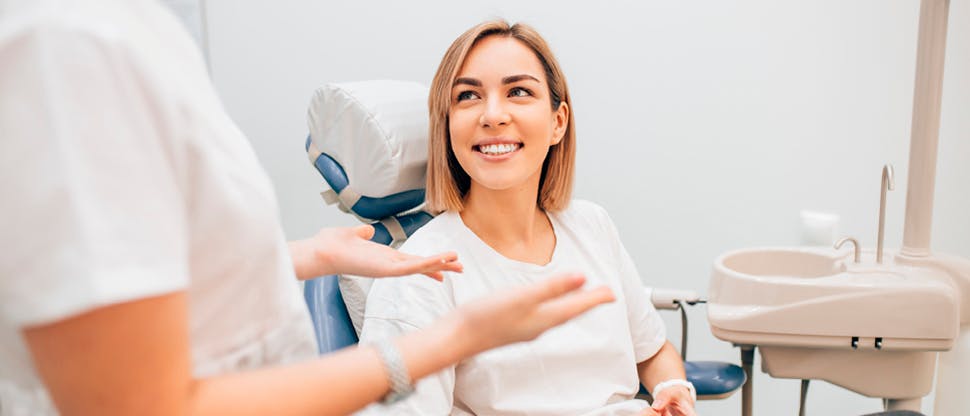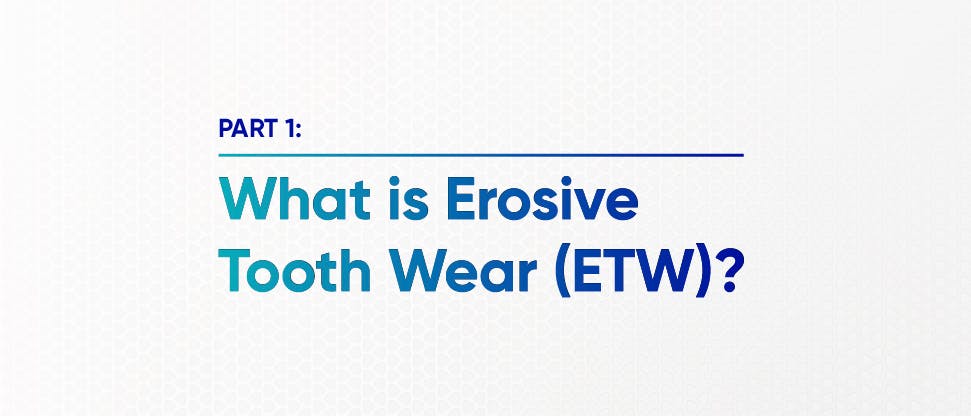Impact on patient quality of life
Could your patients’ enamel wear end up making them look older?
Nobody wants to look old before their time, yet when it comes to the signs of ageing we worry about most, teeth are often lower on the list. Twice as many people fear their skin becoming wrinkly or losing elasticity versus those concerned about tooth wear1. The numbers reflect our behaviours; we routinely take steps to protect our skin from sun damage but fewer actively look to prevent enamel wear. It’s surprising. Because although there’s no causal link between age and tooth wear, the most visible symptoms of wear – surface changes (smoothing), translucency, yellowing, loss of structural features (such as rounding), – can create the appearance of ageing, making us look or feel older than we actually are.
But it’s not just about aesthetics. Tooth wear can negatively impact self-esteem, body image and quality of life2,3,4,5. It can also lead to dentine hypersensitivity6 and, in extreme cases, complete loss of the crown7. Progression isn’t inevitable and steps can be taken to help prevent it.
Dental healthcare professionals (DHCPs) can help patients prevent erosive tooth wear (ETW); Owing to the nature of the job, you as dental professionals are most likely to be able to see the early signs of the condition. When patients are alerted to the problem, they can be motivated to act.
Management hinges on better at-home behaviours: diet, lifestyle and oral hygiene.8 However, prevention could begin in clinical practice, with DHCPs routinely assessing patients' oral health status and tailoring advice.
In a world where appearance matters more than ever9,10, DHCPs can help patients avoid the ramifications of ETW. If they protect their enamel like they protect their skin, the risk of tooth wear can be reduced.

Superheroes for smiles
The associations between ageing and tooth wear continue to be explored. Studies are starting to emerge that show that enamel wear generally increases with age,11,15,16 and can affect anyone – but the evidence-base to date isn’t substantial. Nevertheless, patients’ perceptions matter.
“There isn’t an awful lot of evidence to say as you get older you inevitably get more tooth wear,” says Professor David Bartlett. “But one of the signs of ageing – according to patients – is that their teeth get shorter and become yellower and more translucent. That, in their perception, is understood as ageing.
“The weight of evidence to support age and progression is insufficient at a clinical level. There is evidence for a slow and progressive increase and wear over time, but the main factor in creating a situation where a dentist can recognize wear is the risk factors.”
By routinely assessing tooth wear and communicating the risk factors, dental healthcare professionals can play a major part in educating patients and helping them prevent tooth wear. So patients can think about caring for their teeth like they think about caring for their skin.
It’s the chance to be a superhero for smiles – and help stop patients feeling old before their time.
Learn more about ETW and how to help your patients





